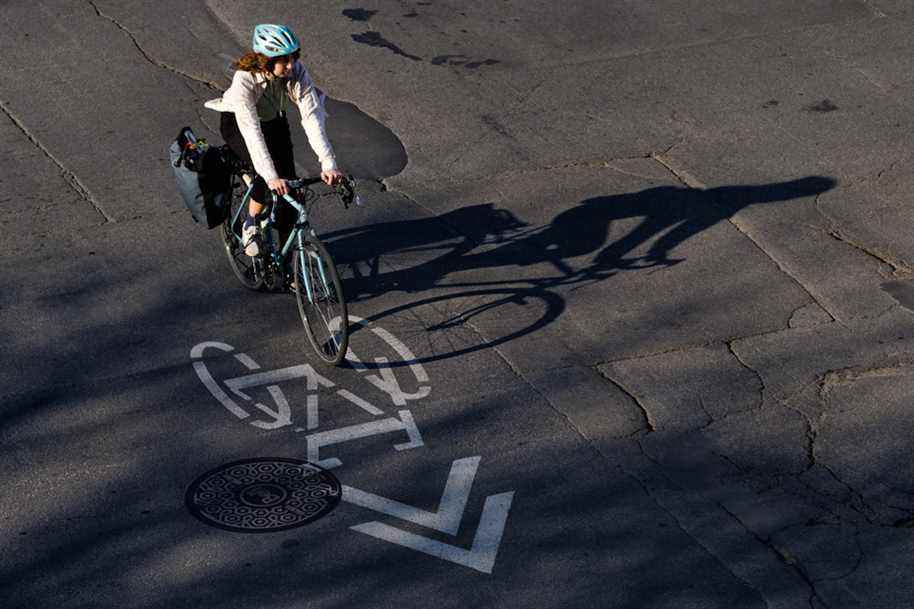During a trip to the Netherlands, I wondered what had prompted the national train company to make bicycles available to travelers at stations across the country. After all, who doesn’t own a bike in the Netherlands? A planning manager explained to me that to cut a customer’s train journey by five minutes, he must invest billions in rail infrastructure and equipment. On the other hand, by combining the bicycle with public transit, a customer can save 5 to 10 minutes per trip. And for a fraction of the investment!
Posted at 3:00 p.m.
The transport cocktail concept is not new. Twenty-five years ago, Michel Labrecque, then President and CEO of Vélo Québec, demonstrated the importance of combining public transit and active transportation, an efficient and economical approach. Since then, efforts have been made to encourage citizens to choose the right means of transport at the right time. Apps like Transit Where stopwatch have emerged and allow us to better plan our trips.
In recent years, we have noted an acceleration of structuring public transport projects, including the tramway in Québec and the Réseau express métropolitain in Montréal (REM). It seems essential to us, in the integration of these major investments, to take into account access on foot or by bicycle to these means of transport and to avoid at all costs that the solo car is the only way to get to at stations.
The integration of active transportation must become a reflex in the development of public transportation projects. It is clear that this is still not the case today and that the full potential of the transport cocktail is far from being achieved.
It is first necessary to facilitate access for pedestrians and cyclists to stations. The bicycle remains the best ally of public transport: it allows you to quickly cover the kilometers between the stations and the desired destinations.
The installation of bicycle parking is another important element. Well located, laid out, sheltered and easily identifiable thanks to good signage, they send the message that it is efficient and pleasant to cycle to the station. In addition, the cost of setting up parking spaces for bicycles is much lower than that of an outdoor parking space for the car, which ranges from $2,000 to $12,000.
Inspirational examples
Building a rail transportation system requires significant landscaping and is an excellent opportunity to create multi-use trails for walking and cycling. This is a common practice elsewhere in Canada (eg in Vancouver and Ottawa on the Millenium and O-Train lines) and in the United States. These trails provide access to stations, complement public transit and attract new users of sustainable mobility.
It is by thinking about cycling, by making sure to always better integrate active transportation, that we will be able to design the best public transportation projects. Walking and cycling to access public transport has many health, environmental and economic benefits. They make it possible to integrate physical activity into daily travel, without any emissions. Moreover, passengers who arrive on foot or by bicycle generate significant savings compared to those who use a car due to the costs related to the development, management and maintenance of parking lots and drop-off areas.
In this context, do we have the means to do without cycling in the development of our structuring public transport projects?

